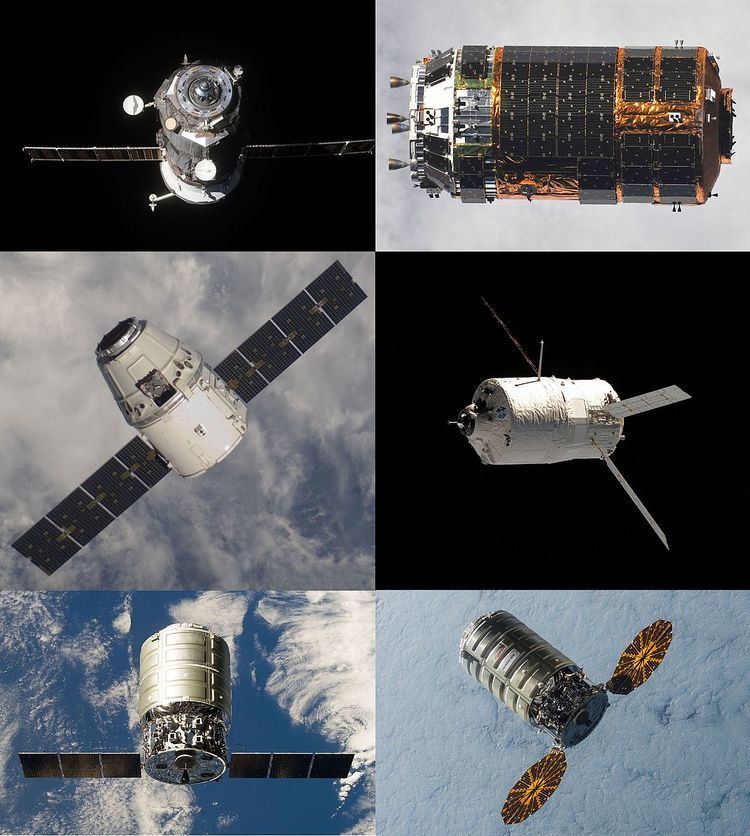 | ||
Cargo spacecraft are robotic spacecraft that are designed to support space station operation by transporting food, propellant and other supplies. This is different from space probes, whose missions are to conduct scientific investigations.
Contents
Automated cargo spacecraft have been used since 1978 and have serviced Salyut 6, Salyut 7, Mir and the International Space Station.
Current spacecraft
Defunct or retired projects
Spacecraft in development
Canceled projects
References
Cargo spacecraft Wikipedia(Text) CC BY-SA
